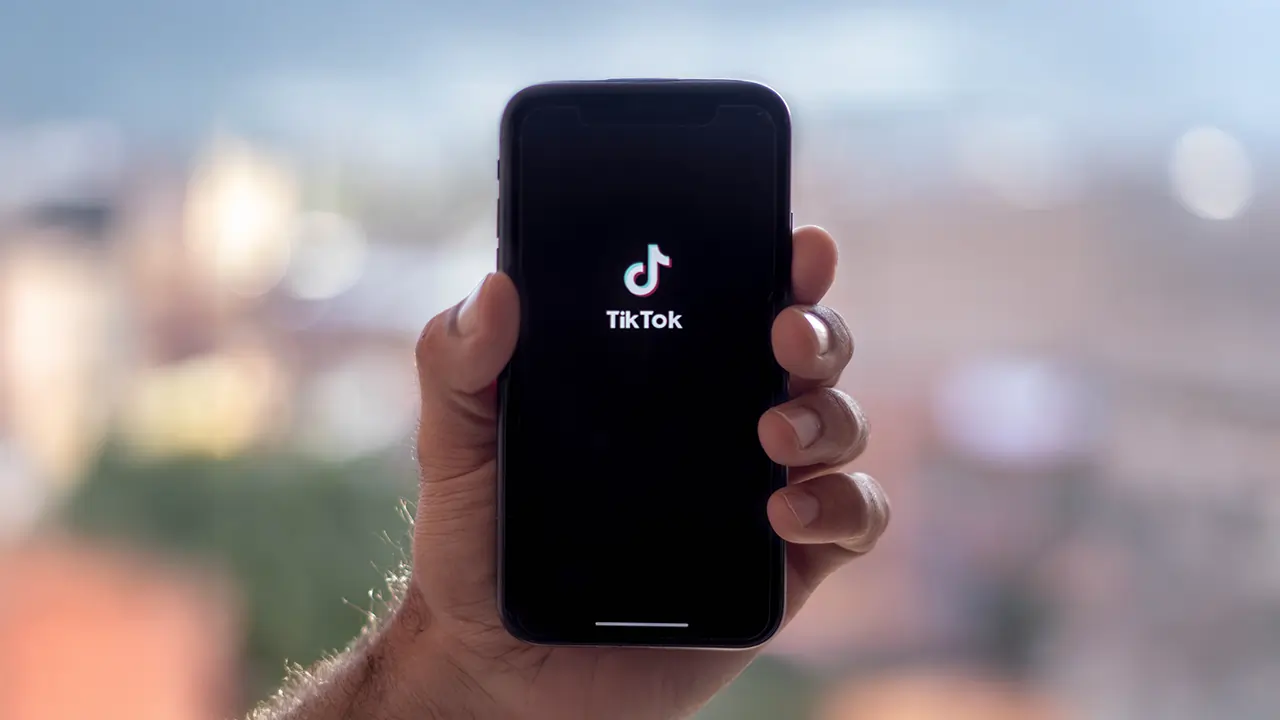The future of TikTok in the United States is under intense scrutiny as the Supreme Court prepares to hear arguments on January 10, 2025, regarding a federal law that mandates the app’s Chinese parent company, ByteDance, to divest from TikTok or face a nationwide ban. This development has significant implications for digital marketers, particularly in the Middle East, who rely on TikTok’s extensive user base to reach global audiences.
Background of the TikTok Ban
In April 2024, President Joe Biden signed the Protecting Americans from Foreign Adversary Controlled Applications Act (PAFACA) into law. This legislation requires apps owned by companies from designated foreign adversaries to either be sold to a non-foreign entity or face a ban in the U.S. ByteDance was given a deadline of January 19, 2025, to comply, with the possibility of a 90-day extension if substantial progress toward divestment is demonstrated.
The law stems from national security concerns, with U.S. officials worried that the Chinese government could access American users’ data through TikTok. ByteDance has consistently denied these allegations, asserting that it operates independently and stores U.S. user data on domestic servers.
Legal Challenges and Supreme Court Involvement
TikTok has challenged the constitutionality of PAFACA, arguing that it infringes on First Amendment rights by suppressing the freedom of expression for both creators and users. After a federal appeals court upheld the law, TikTok appealed to the Supreme Court, which agreed to hear the case on an expedited basis.
Adding a political dimension to the legal battle, President-elect Donald Trump filed an amicus brief on December 27, 2024, urging the Supreme Court to delay the enforcement of the ban. Trump’s brief suggests that his incoming administration seeks to negotiate a resolution that addresses national security concerns while preserving the platform’s availability.
Implications for Digital Marketers
TikTok has become a pivotal platform for digital marketing, offering access to a vast and engaged audience. In the Middle East, where TikTok’s popularity has surged, marketers have leveraged the app to execute innovative campaigns targeting younger demographics.
The potential U.S. ban introduces several challenges:
- Market Uncertainty: Brands may hesitate to invest in TikTok-centric campaigns due to the platform’s uncertain future in a major market like the U.S.
- Influencer Partnerships: Many influencers with global followings could lose a significant portion of their audience, affecting collaborations and sponsored content strategies.
- Ad Spend Allocation: Marketers might need to reassess their advertising budgets, potentially diverting funds to alternative platforms such as Instagram Reels or YouTube Shorts.
Alternative Platforms and Contingency Planning
In response to the looming ban, some creators and marketers are exploring alternative platforms. ByteDance’s Lemon8, for instance, has gained traction as a potential substitute, combining features from TikTok, Instagram, and Pinterest. However, since Lemon8 is also owned by ByteDance, it could face similar regulatory challenges.
Other platforms like Instagram and YouTube are likely to see increased activity as creators and brands seek to maintain their digital presence. Marketers should monitor these shifts and consider diversifying their platform strategies to mitigate potential disruptions.
To explore this topic further, check out our Unlocking Holiday Marketing Success: Why TikTok is Essential for Middle Eastern Brands for more insights.
Key Takeaway for Marketing Managers
The potential TikTok ban in the U.S. underscores the importance of adaptability in digital marketing strategies. Marketing managers in the Middle East should:
- Stay Informed: Keep abreast of legal developments concerning TikTok to make timely and informed decisions.
- Diversify Platforms: Avoid over-reliance on a single platform by cultivating a presence across multiple social media channels.
- Engage Creatively: Develop content that can be seamlessly adapted to various platforms, ensuring continuity in audience engagement regardless of platform-specific challenges.
By proactively adjusting strategies and maintaining flexibility, marketing professionals can navigate the uncertainties surrounding TikTok and continue to effectively reach their target audiences.



